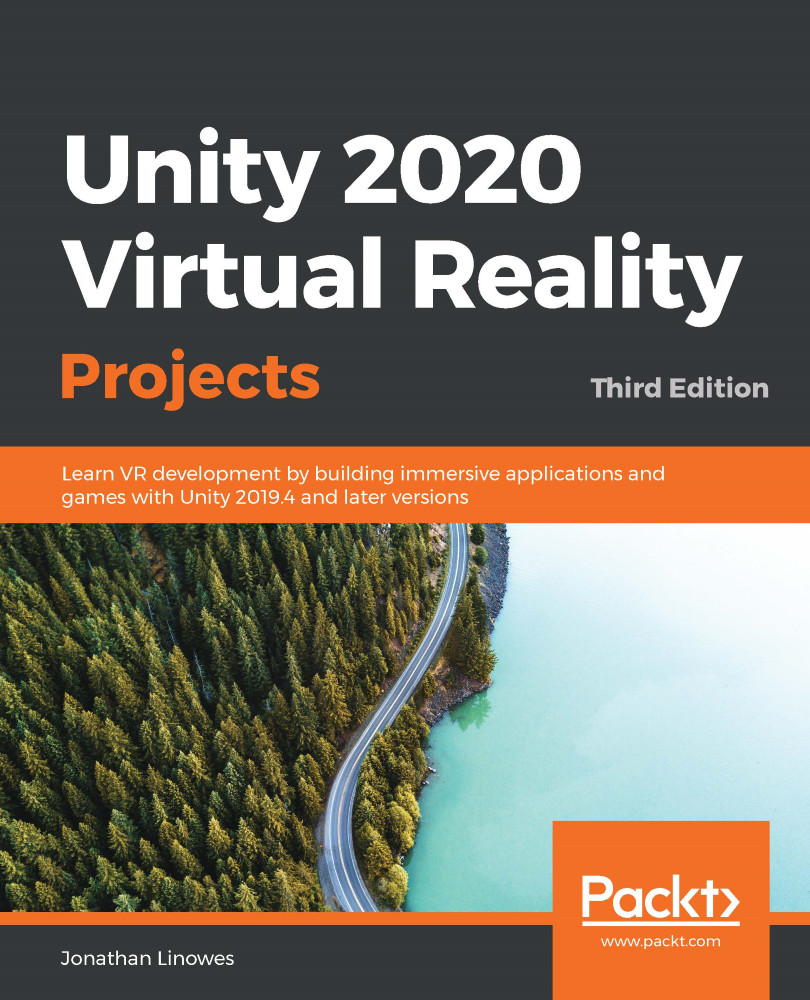The terms 360-degree media and virtual reality are being tossed around a lot lately, often in the same sentence. Consumers may be led to believe that it's all the same thing, it's all figured out, and it's all very easy to produce, when, in fact, it is not that simple. Generally, the term 360-degree media refers to viewing prerecorded photos or videos in a manner that allows you to rotate your view's direction to reveal content that was just outside your field of view.
Non-VR 360-degree media has become relatively common. For example, many real-estate listing sites provide panoramic previews with a web-based player that lets you interactively pan around to view the space. Similarly, Facebook and YouTube support uploading and playback of 360-degree videos and a player with interactive controls so that you can look around during the playback. Google Maps lets you upload 360-degree panoramic photos, much like their Street View...






































































